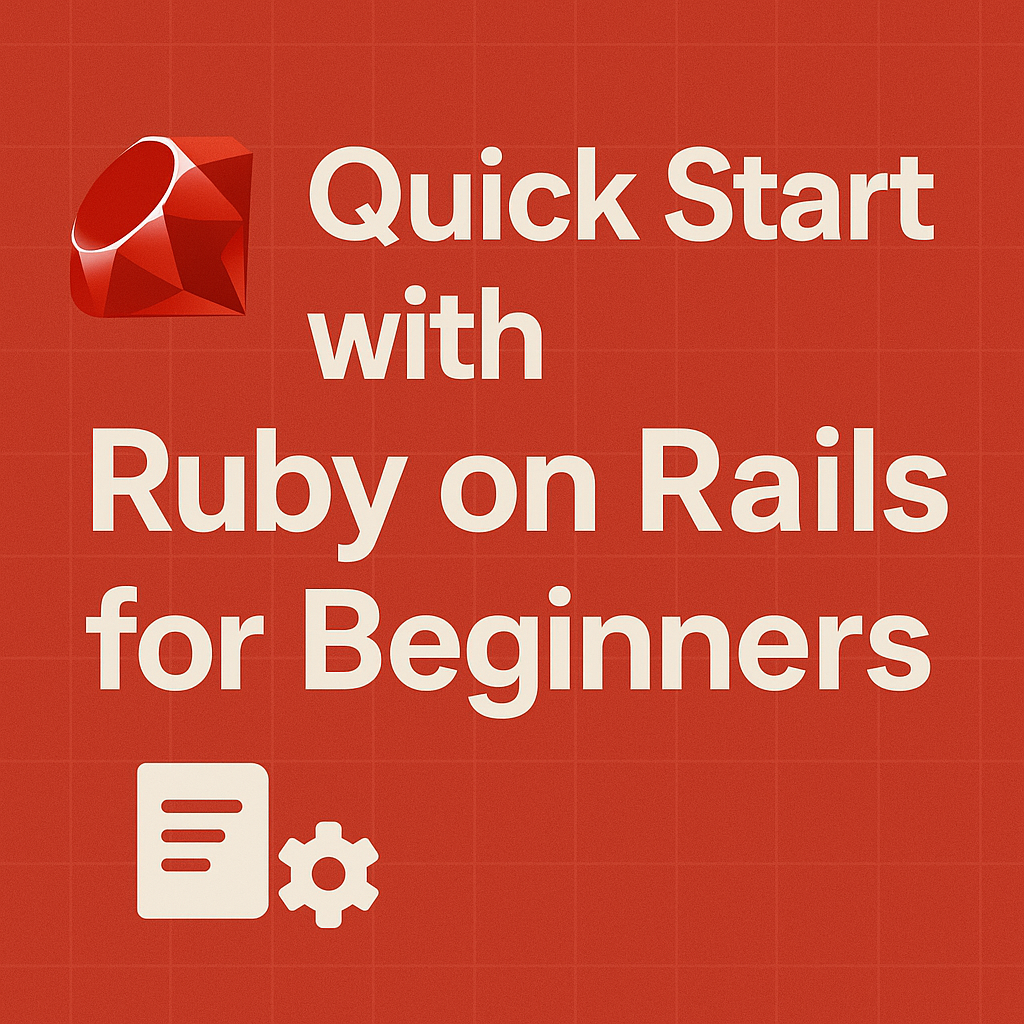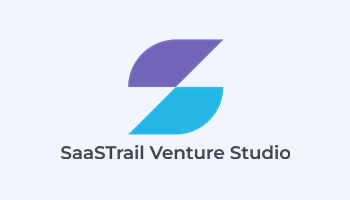
If you’ve been exploring the world of web development, this Ruby on Rails tutorial is the perfect place to start. Ruby on Rails is a powerful web framework that prioritizes developer happiness and clean code. Whether you’re building your first startup MVP or just curious about backend development, Rails offers a beginner-friendly foundation. In this guide, I’ll walk you through the essentials to get started with Ruby on Rails, based on my experience at SaasTrail.
Why Ruby on Rails?
Ruby on Rails (often just “Rails”) is an open-source web application framework built on the Ruby programming language. It follows the Model-View-Controller (MVC) architectural pattern and emphasizes two key principles:
- Convention over Configuration (CoC): Rails makes assumptions about what you want to do and how you want to do it, which reduces the number of decisions a developer needs to make.
- Don’t Repeat Yourself (DRY): Encourages clean and maintainable code by avoiding repetition.
At SaasTrail, we’ve used Rails to launch robust, scalable products in record time—especially when quick iteration and fast delivery matter.
Ruby on Rails Tutorial – Setting Up Your Development Environment
Before diving into code, let’s set up your environment:
Before you begin, make sure you’re installing a supported and secure Ruby on Rails version. Staying up-to-date ensures better performance, access to new features, and strong security. Learn more in our post on why upgrading Ruby on Rails is crucial.
I recommend using a Ruby version manager like RVM or rbenv.
1. Install Ruby
Make sure you have Ruby installed. I recommend using a version manager like RVM or rbenv.
rvm install ruby
rvm use ruby --default
2. Install Rails
Once Ruby is installed, you can install Rails via:
gem install rails
To confirm:
rails -v
3. Set Up a Database
Rails supports SQLite, PostgreSQL, and MySQL. For beginners, SQLite is the default and easiest to start with.
Ruby on Rails Tutorial – Creating Your First Rails App
Let’s create a simple blog app.
rails new my_blog_app
cd my_blog_appThis scaffolds a new Rails project with all the standard files and directories.
To run the server:
rails server
Visit http://localhost:3000—you should see the Rails welcome page!
Understanding the Rails Structure
A few key directories:
- app/: Where your main application code lives (models, views, controllers).
- config/: Configuration settings for routes, environments, etc.
- db/: Your database schema and migrations.
- public/: Static files.
Ruby on Rails Tutorial: Generating Your First Scaffold
Rails makes it easy to generate CRUD (Create, Read, Update, Delete) interfaces.
rails generate scaffold Post title:string content:text
rails db:migrate
Then visit http://localhost:3000/posts to view your blog post interface—automatically created!
What You’ve Learned
In just a few commands, you’ve:
- Set up a new Rails project
- Generated a full CRUD interface for blog posts
- Launched your own mini web app
This is the magic of Rails—it’s not just about writing code, it’s about building value fast.
Final Thoughts
Getting started with Ruby on Rails doesn’t have to be intimidating. With the right mindset and curiosity, you can go from zero to building production-grade apps in no time. At SaasTrail, Rails continues to be our go-to framework for launching scalable SaaS products with speed and confidence.
If you’re a beginner or someone looking to pick up a new skill, give Rails a shot—it just might change the way you think about web development.


